CCTV News: On February 19, the "Archaeology Forum of Chinese Academy of Social Sciences" hosted by the Chinese Academy of Social Sciences and hosted by the Institute of Archaeology of the Chinese Academy of Social Sciences was held in Beijing. Six "New Archaeology Discoveries in China in 2024" were announced at the forum.
The six "new Chinese archaeological discoveries in 2024" announced this time are: Dadong Site in Helong City, Jilin, Xiatang Site in Xianju County, Zhejiang, Majiayao Cultural Settlement in Siwa Site in Lintao County, Gansu, Zhouyuan Site in Baoji City, Shaanxi, Tomb No. 1, Wuwangdun, Huainan City, Anhui, and Yuan, Ming and Qing porcelain making sites in Jingdezhen City, Jiangxi.
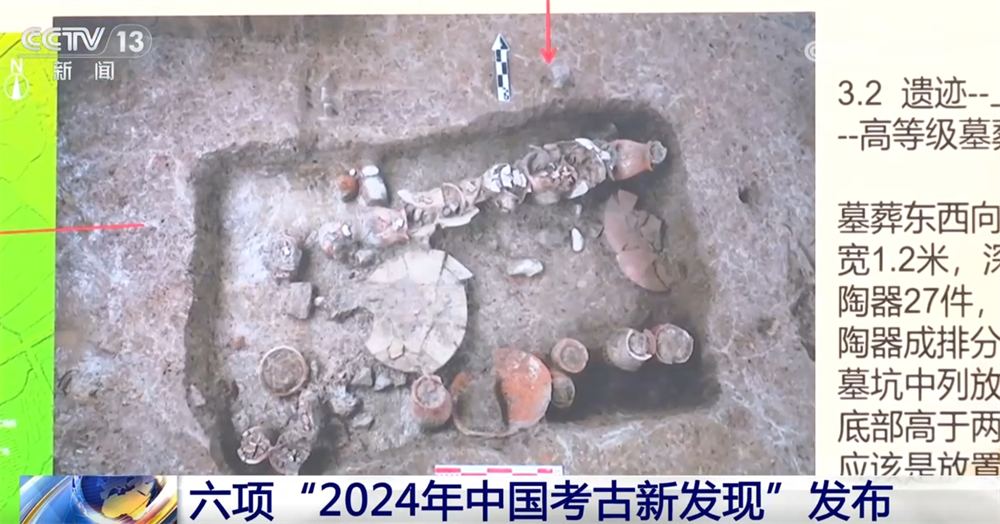
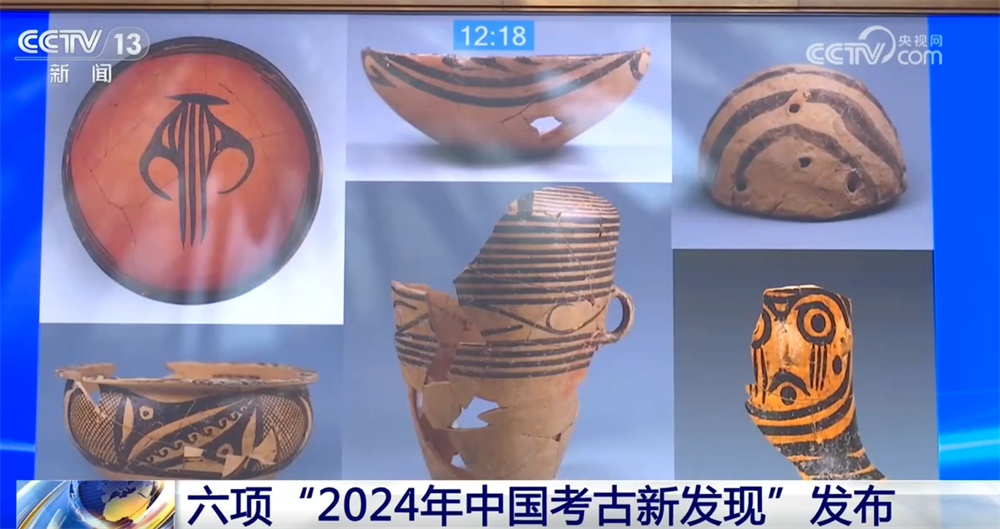

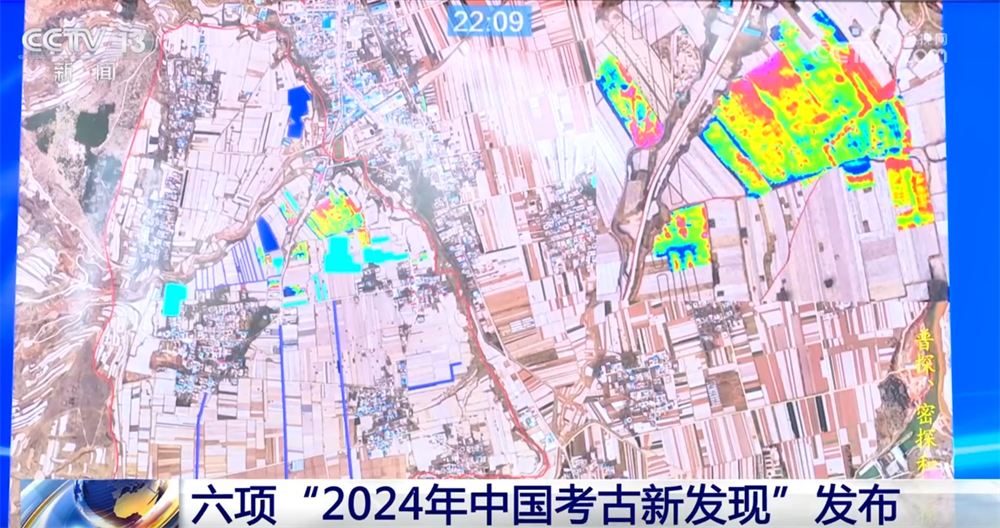
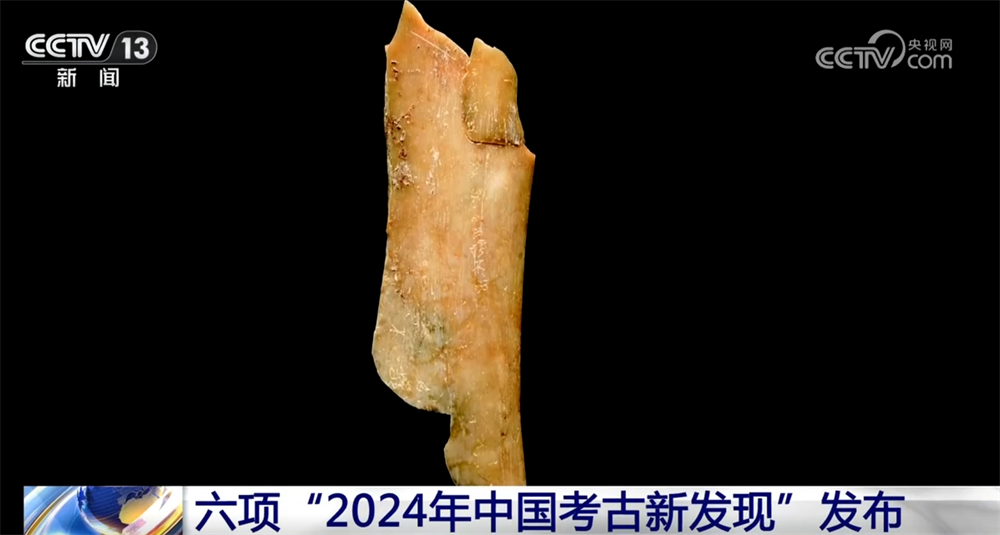
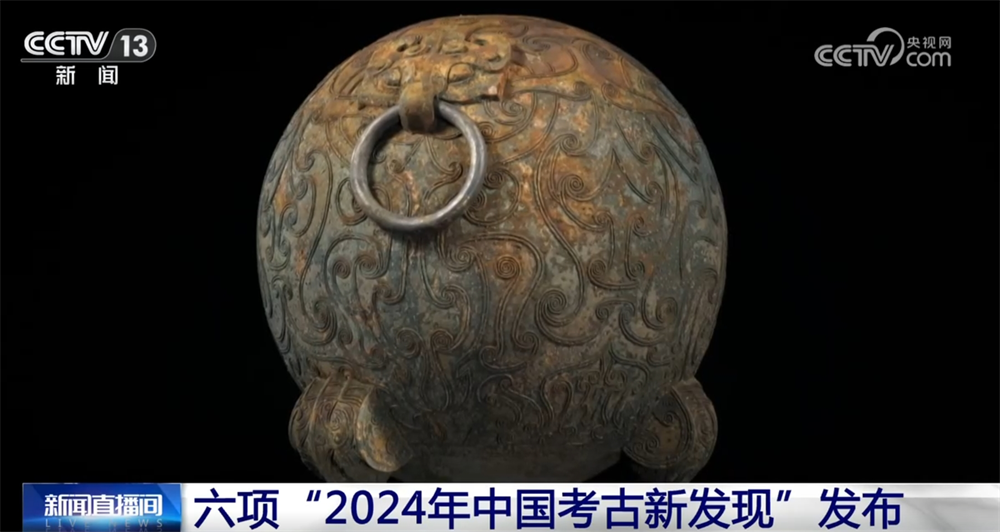

In addition, the Monzatipe site in Uzbekistan has been selected as a new archaeological discovery abroad.
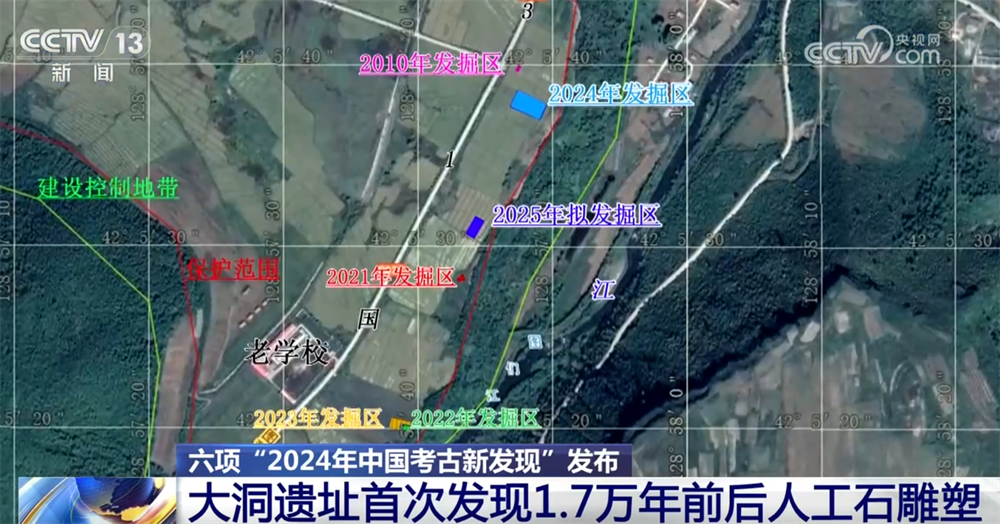
Three of the six major archaeological new discoveries focus on the Stone Age. Among them, the Dadong site in Helong City, Jilin is currently the largest late Paleolithic wilderness site in Northeast Asia. From 2021 to 2024, the Jilin Provincial Institute of Cultural Relics and Archaeology and several units carried out active archaeological excavations of the site. In the strata that dates from 17,000 to 15,000 years ago, the archaeological team discovered a scratched stone product with a "V" shape. After observation and research with the help of ultra-deep field microscope and other equipment, it was initially judged that this stone product should be an artificial stone sculpture.
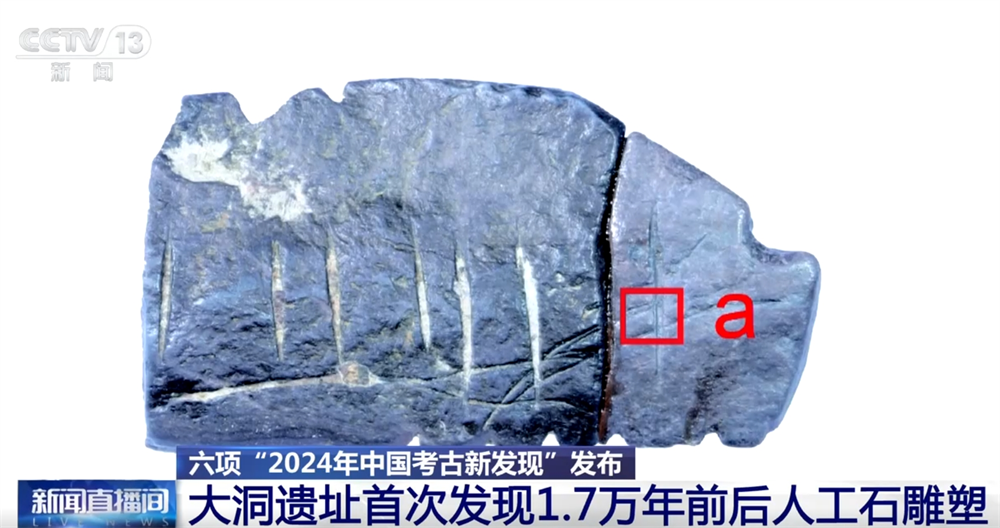
According to reports, in the research on the origin and spread of modern human behavior, the relics with scratches are often regarded as one of the important characteristics of proving "behavioral modernity" and are even used as evidence for the emergence of language. Various discoveries of this site show that the Changbai Mountain area of my country plays an important role in the evolution and migration and diffusion of ancient humans in Northeast Asia and has important academic value.
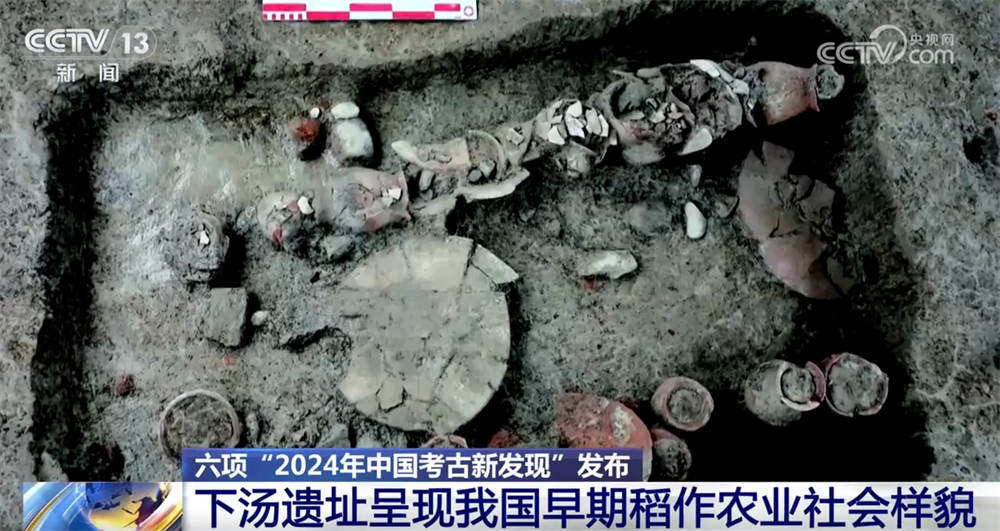
As of 2024, Zhejiang Provincial Institute of Cultural Relics and Archaeology and other units have discovered trenches, artificial soil platforms, house sites, food processing sites, and red-burned soil "plaza" ruins at the Xiatang Neolithic site in Xianju County, Zhejiang. After comprehensive research, the archaeological team initially restored the structural layout of Xiatang's ancient village, which was a major breakthrough in the social organizational structure of early rice farming agriculture in my country.
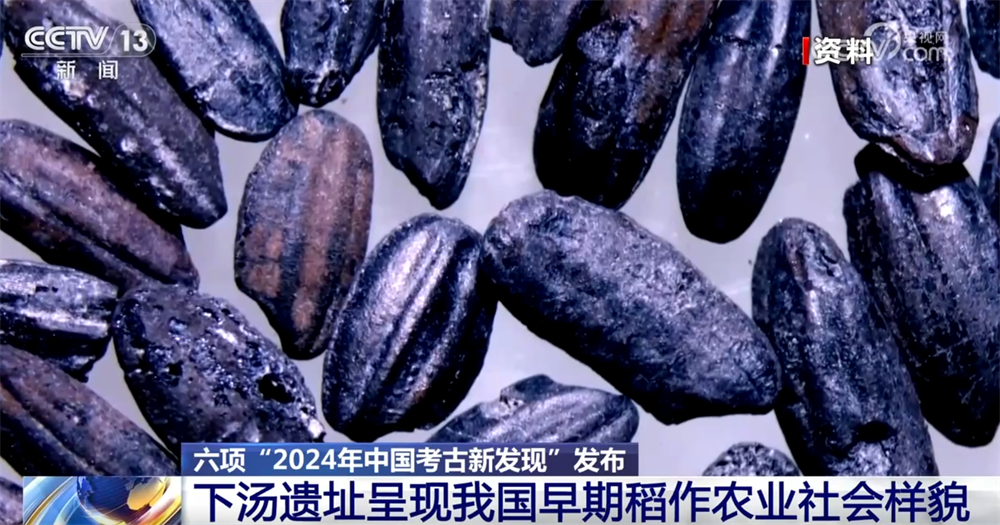
According to reports, since the 1970s, with the discovery of a series of rice crop remains in the Yangtze River Basin, the academic community has put forward the idea that rice originated in the middle and lower reaches of the Yangtze River, but little is known about the early social outlook behind it. The Xiatang site runs through the Neolithic Age and has gone through the entire process from the origin of rice farming to the highly developed agricultural development in the late Neolithic period. The newly discovered settlement elements and settlement structures provide important samples for the study of my country's early rice farming society.

Shi Jinsong, deputy director of the Institute of Archaeology, Chinese Academy of Social Sciences, said: "It is not a one-year achievement, but a major achievement in 2024 after years of work. It is not only these material remains obtained in the fields, but more importantly, the important academic value contained in these material remains. Each achievement fills our understanding of history and civilization."


